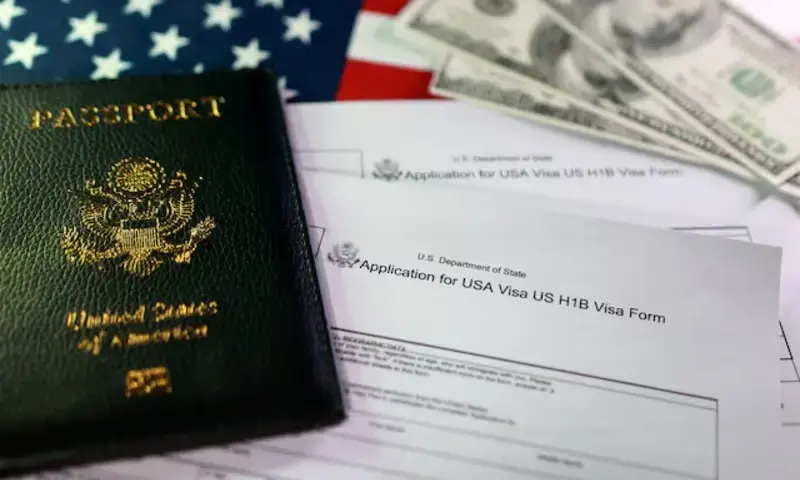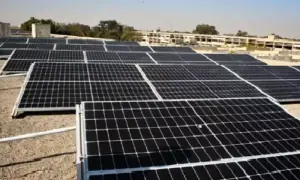Surge in H-1B visa fees raises concerns for foreign workers and tech companies
A recent announcement by President Donald Trump regarding a $100,000 increase in H-1B visa fees has created uncertainty among foreign workers and major tech companies.
This steep hike is particularly alarming for professionals from India and China, who make up a significant portion of the technology workforce, as well as for multinational corporations like Amazon and Google.
Employers are worried that these changes could lead to a shortage of highly skilled workers in the US, pushing talent toward alternative destinations such as Europe, Singapore, and the UAE.
Despite the rising costs, many aspiring workers remain focused on starting their careers in the US and are now considering alternatives to the H-1B visa.
What is the H-1B Visa?
The H-1B visa is part of the Temporary (Nonimmigrant) Workers category, allowing U.S. employers to petition for highly educated foreign professionals to work in “specialty occupations” that require at least a bachelor’s degree or its equivalent.
Each fiscal year, the H-1B program is limited to 65,000 new visas, with an additional 20,000 reserved for those holding a master’s degree or higher from a U.S. institution. Certain employers, such as universities and research organizations, are exempt from these caps.
With the recent fee increases, many are exploring other visa options within the Temporary Workers framework.
Alternatives to the H-1B Visa
According to the U.S. Citizenship and Immigration Services (USCIS), here are some of the main alternatives available:
CW-1: CNMI-Only Transitional Worker
This visa allows for employment in the Commonwealth of the Northern Mariana Islands (CNMI) and is valid for one year, renewable for up to three years.
E-1 Treaty Traders
Nationals from treaty countries can enter the U.S. for international trade, initially granted two years with unlimited extensions, assuming they plan to leave when their status expires.
E-2 CNMI-Only Investor
This visa is for long-term investors in the CNMI, valid until December 2029, with two-year increments for status.
E-2 Treaty Investors
Nationals who invest a substantial amount in a U.S. business may qualify for this visa, which also allows for unlimited extensions under the same conditions.
H-3 Nonimmigrant Trainee or Special Education Exchange Visitor
This visa is intended for those seeking training not available in their home country, allowing stays of up to two years.
L-1A Intracompany Transferee Executive or Manager
This visa permits multinational companies to transfer executives or managers to U.S. offices, with initial stays of one year for new offices and three years for existing ones, extendable up to a maximum of seven years.
L-1B Intracompany Transferee with Specialized Knowledge
Similar to the L-1A, this visa is for employees with specialized knowledge, with a maximum stay of five years.
O-1 Visa: Individuals with Extraordinary Ability or Achievement
Targeted at individuals with exceptional talent in various fields, this visa offers an initial period of up to three years, with extensions available in one-year increments.
Implications for Workers and Employers
The significant increase in H-1B visa fees is expected to have widespread repercussions. While companies may struggle to fill specialized roles, skilled professionals now have several alternative visa categories to consider. Despite rising costs, the U.S. continues to be an attractive destination, though other global hubs may also see increased interest as talent explores options beyond American borders.
For the latest news, follow us on Twitter @Aaj_Urdu. We are also on Facebook, Instagram and YouTube.






















Comments are closed on this story.